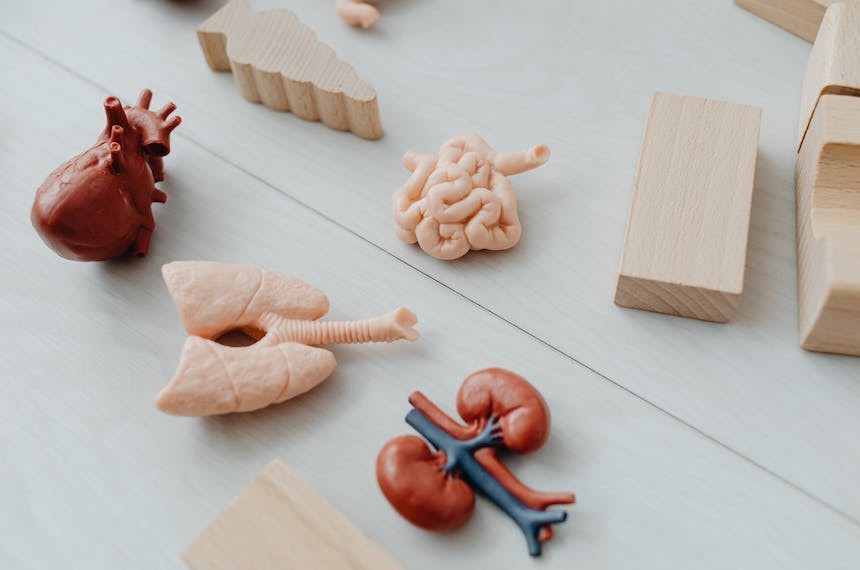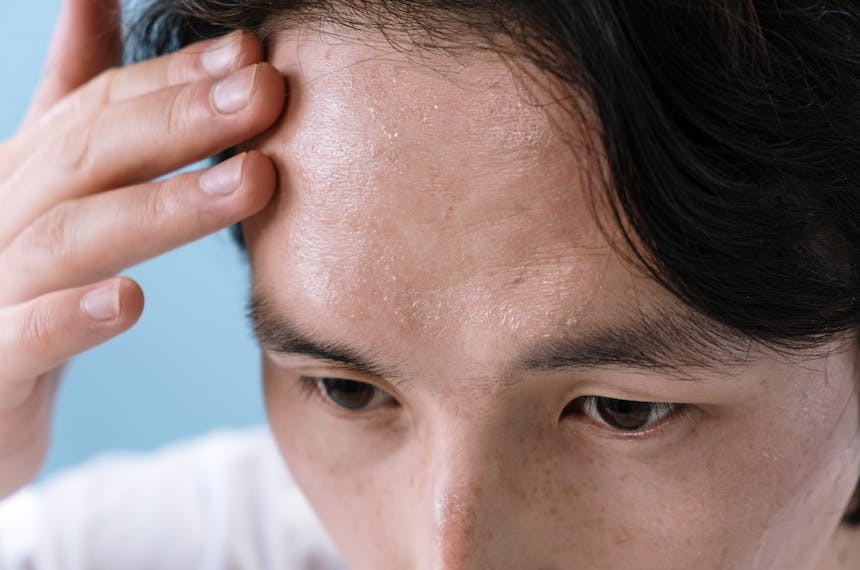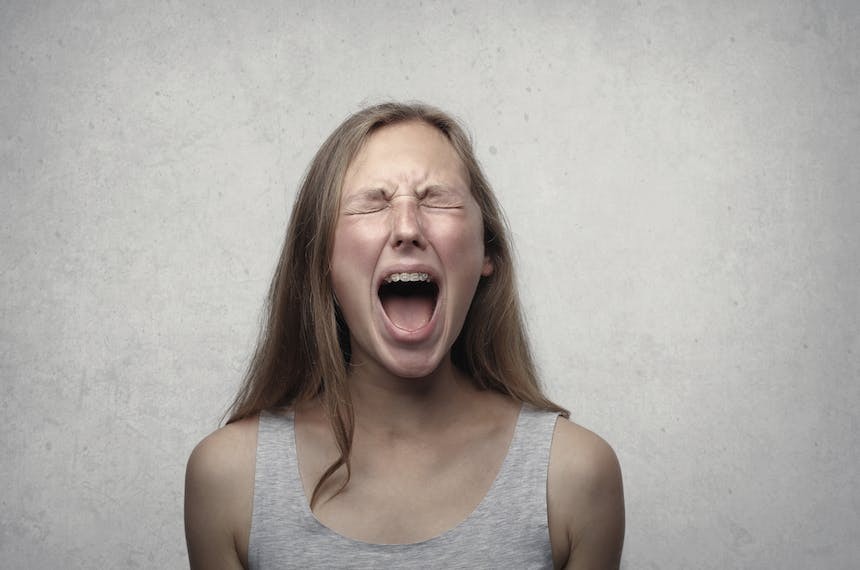
Idiopathic
Idiopathic hypersomnia causes chronic excessive daytime sleepiness and difficulty waking up. Diagnosis requires polysomnography to rule out other causes. Treatment focuses on symptom management. Non-pharmacological approaches like lifestyle advice and behavioral modification are recommended, but they may not be very effective. Medications like modafinil, armodafinil, or methylphenidate can help control sleepiness, but patients should be cautious with activities like driving. Regular follow-ups every six months are important to monitor medication effects and overall well-being.
Idiopathic Hypersomnia: Overview and Diagnosis
Idiopathic hypersomnia is characterized by chronic, excessive daytime sleepiness, with an overwhelming need to sleep during the day. It's marked by difficulty waking from sleep, with sleep episodes occurring at inopportune times, affecting daily functioning. Diagnosing the condition involves ruling out other causes of excessive daytime sleepiness via polysomnography. (1, 2, 3)
Management of Idiopathic Hypersomnia
Non-Pharmacological Approaches
- Behavior Modification and Lifestyle Advice: This includes counseling regarding work and social issues and psychosocial guidance.
- Self-Care Strategies: Encouragement of short daytime naps and regular sleep schedules at night.
- Diet and Physical Activity: A balanced, low-carbohydrate diet and regular physical activity can help manage symptoms. However, these non-pharmacological approaches are often not fully effective on their own. (4, 5)
Pharmacological Options
- Medications: The primary medications used include modafinil (starting at 200 mg daily in the morning), armodafinil (150 mg daily), and methylphenidate (10 mg twice daily).
- Safety Precautions: It's crucial to warn patients about the risks of driving or operating machinery if their sleepiness is not adequately controlled by medication. (5)
Follow-Up and Monitoring
Regular follow-ups, ideally every six months, are essential to monitor:
- Adverse effects of medications.
- Sleep or mood disturbances.
- Any cardiovascular or metabolic abnormalities.
- Effectiveness in controlling excessive daytime sleepiness.
- Adherence to medication.
- Occupational or social issues that may be impacted by the condition. (6)
References
1- ICSD. International classification of sleep disorders. 3rd ed. American Academy of Sleep Disorders: Darien, IL, USA; 2014.
2- Vernet C, Leu-Semenescu S, Buzare MA, Arnulf I. Subjective symptoms in idiopathic hypersomnia: beyond excessive sleepiness. J Sleep Res. 2010;19(4):525–34.
3- Trotti LM. Idiopathic hypersomnia. Sleep Med Clin. 2017;12(3):331–44.
4- Neikrug AB, Crawford MR, Ong JC. Behavioral sleep medicine services for hypersomnia disorders: a survey study. Behav Sleep Med. 2017;15(2):158– 71.
5- Bassetti CLA, Adamantidis A, Burdakov D, Han F, Gay S, Kallweit U, et al. Narcolepsy - clinical spectrum, aetiopathophysiology, diagnosis and treatment. Nat Rev Neurol. 2019;15:519–39.
6-Ali M, Auger RR, Slocumb NL, Morgenthaler TI. Idiopathic hypersomnia: clinical features and response to treatment. J Clin Sleep Med. 2009;5(6):562–8.





